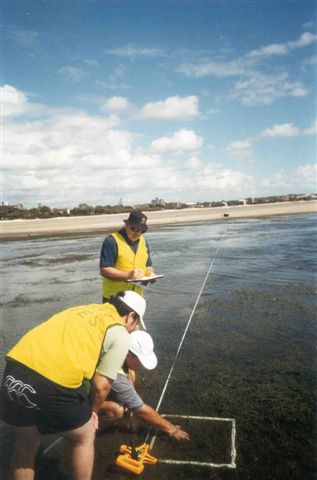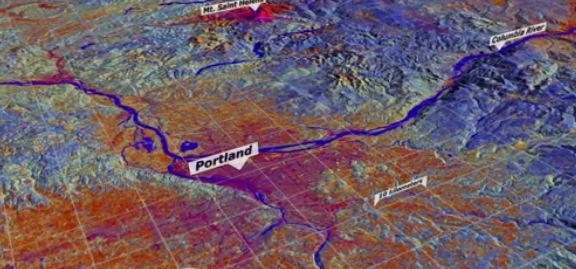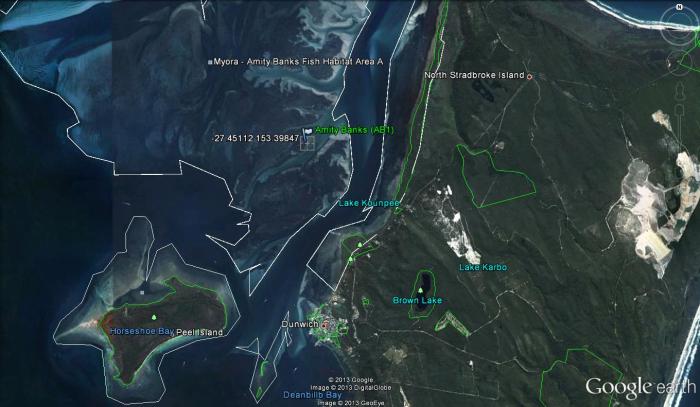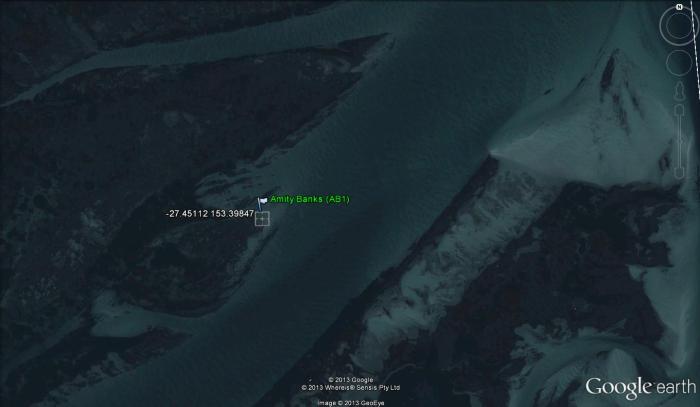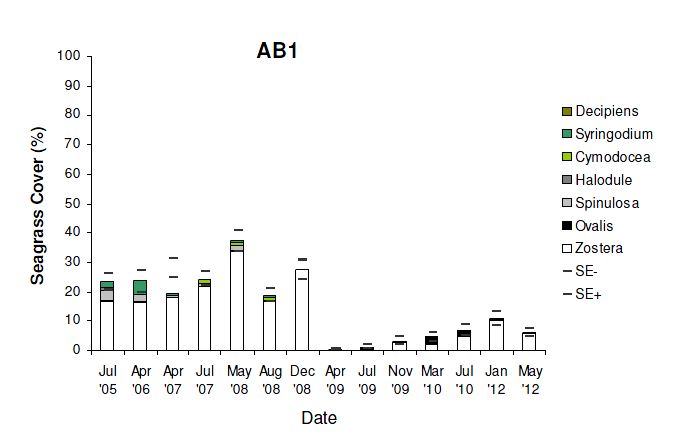The Wynnum Moreton Bay Community Seagrass Watch teams have been active since 2001. Resulting in some great data and a history that spans over a decade. That’s an amazing amount of information and equally an amazing commitment.
These results are highlighted by the below charts. Click on them to enlarge.
What these results confirm is that Eel grass, Zostera capricorni is the most common species of seagrass found in Moreton Bay and it certainly dominates the Western shores of Moreton Bay. While Dugong grass, Halophila ovalis is likewise common. This is a seagrass species preferred by dugongs. Interestingly while the larger herds of dugongs are certainly found on the Eastern sand banks of Moreton Bay, Wynnum and Ormiston on the Western side of Moreton Bay have their regular visitors. It was at Ormiston that a Moreton Bay Community Seagrass Watch team found abundant dugong feeding trails around the mouth of Hilliards Creek.
The results also show that despite the Western side of Moreton Bay suffering poor water clarity it can and often does support greater seagrass density. Certainly there is a point when too much silt in the system kills off seagrass, such as Bramble Bay where over 1000 ha of seagrass was lost due to too much silt. The Wynnum foreshore however has a boundary with Waterloo Bay one of the healthiest embayments in Moreton Bay, regularly scoring B and better in the Healthy Waterways Report Card.
What WN3 and WN4 also help out with is developing a better understanding about the seasonal trends in seagrass biomass. Generally in summer seagrass growth is higher than in winter. WN3 & WN4 and other seagrass watch sites will be examined more closely over the next two years to help develop a better understanding of the trends in seagrass growth in Moreton Bay. This knowledge goes a long way in helping us understand our impacts upon important and valuable coastal resources like seagrass. By monitoring seagrass and understanding its ecology better we can use it to guide us and alert us to adjust human activities so we can continue to enjoy the many free benefits seagrass delivers to us.
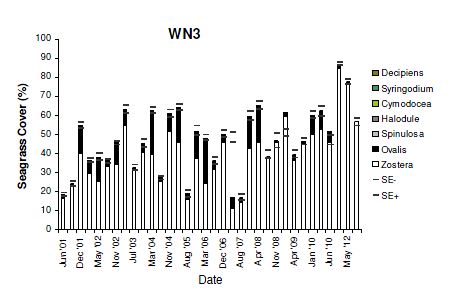
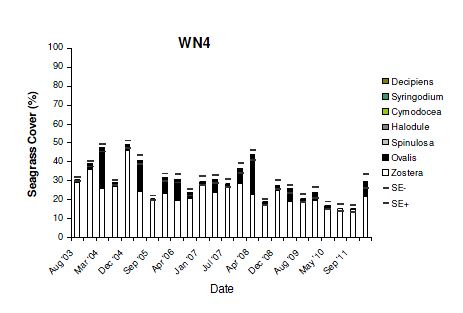
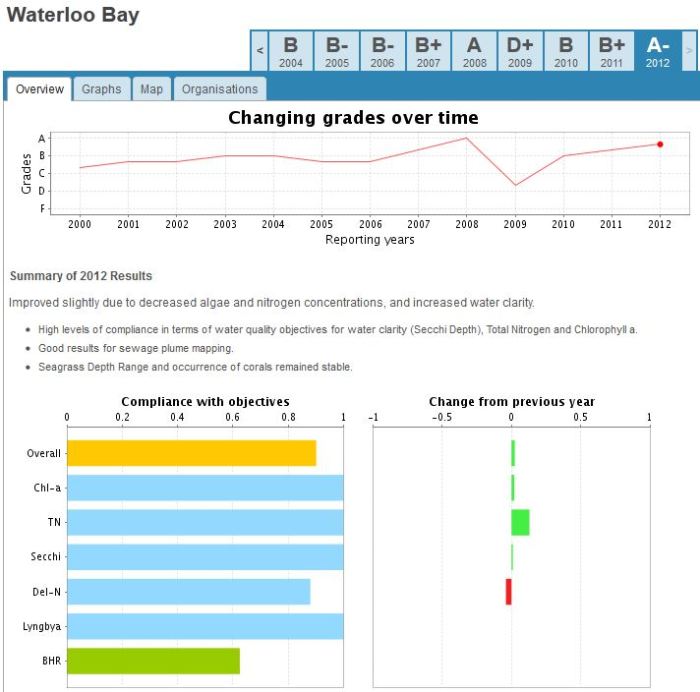
Source: Healthy Waterways – http://www.health-e-waterways.org/reportcard/2012/bay-area/Waterloo%20Bay
